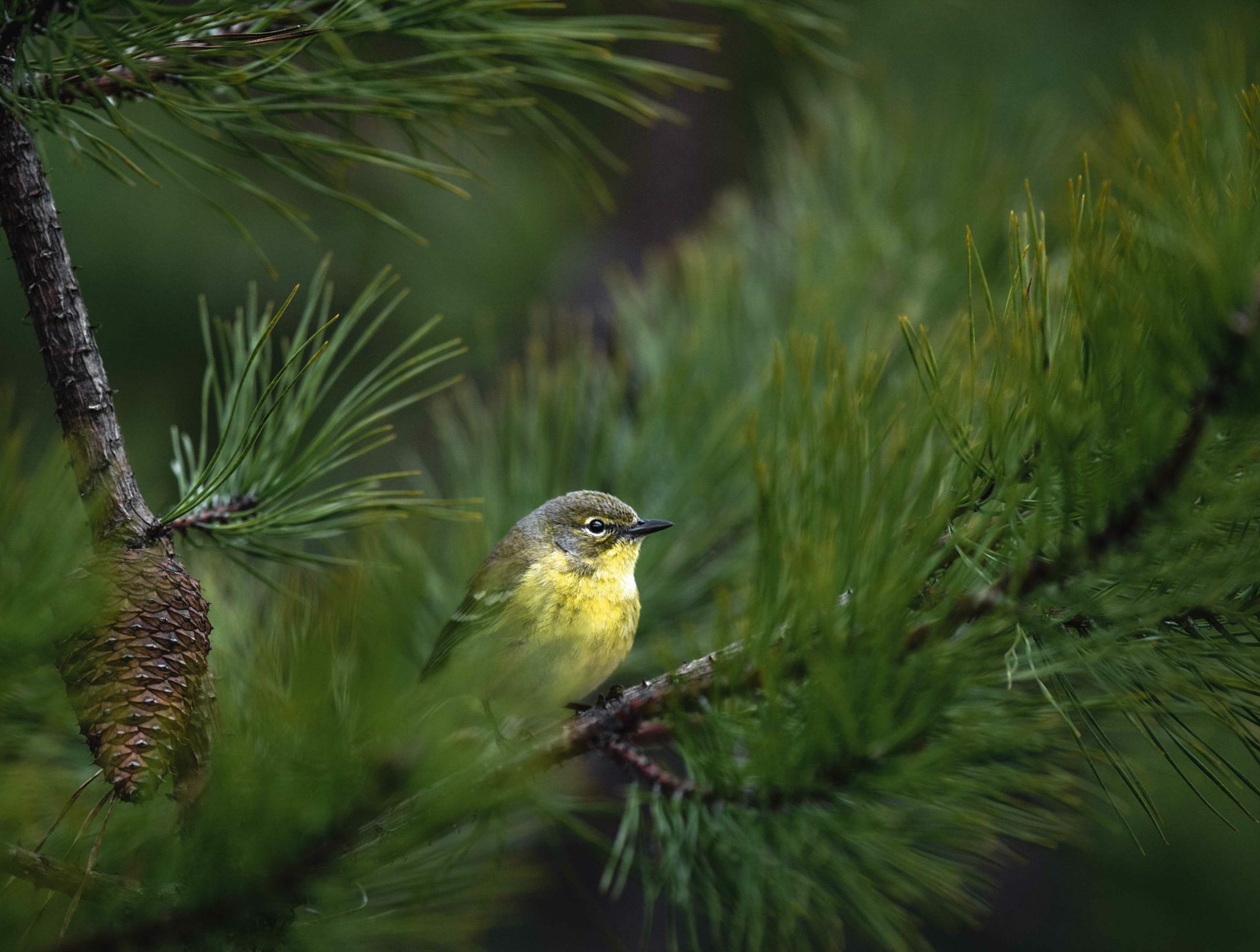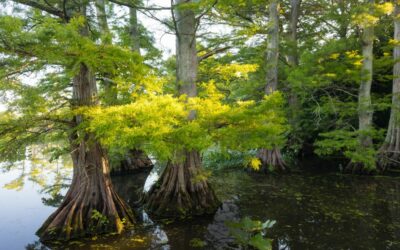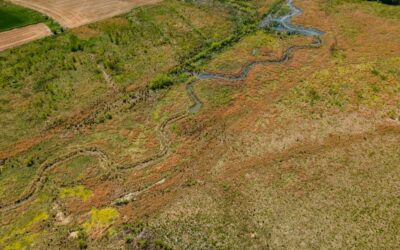Maintaining forests
Tennessee Wildlife Federation works with private landowners and public agencies to prepare forest management plans and provide resources to restore diversity and overall health of their forests.
Why Forests?
14
acres of forests in Tennessee.
Great Smoky Mountains National Park contains more species of trees than northern Europe.
of Tennessee’s forests are privately-owned.

forest management benefits wildlife, people, and the economy.
Forests are diverse—a single forest can contain several different types of habitat. Forests contain thousands of species of plants and wildlife, and each one of those species plays an essential role in the forest ecosystem. Maintaining a variety of shrubs, grasses, and trees of different heights creates layers of habitat and provides shelter and resources for hundreds of species of wildlife.
Healthy, functioning forests provide many benefits beyond wildlife value. Forests aid in climate regulation by removing carbon from the atmosphere and storing it in wood, leaves, and soil. Trees improve water quality by acting as natural sponges—by absorbing rainwater before it flows to a body of water, trees filter pollutants and reduce soil erosion. Forests also provide billions in economic value through recreation and tourism opportunities, wood products, and much more.
What we do for forests
4,000
of forests restored or conserved through prescribed burning, tree planting, and writing plans that promote sustainable timber management.
with private landowners and public agencies to restore large areas of contiguous forest.
forest management plans written, covering more than 20,000 acres of forestland.
Are you a landowner?
Interested in learning if your land is a fit for habitat restoration?
Give
Your generosity helps manage wildlife populations and restore habitats for a more vibrant Tennessee.
More Habitat Restoration
Types of Rivers in Tennessee
Tennessee is known as the most biologically diverse inland state in the country. Part of what makes it so diverse is the many types of habitats, ecosystems, and species found throughout the state....
Types of Wetlands in Tennessee
A wetland is an area of land that is covered by water for part or all of the year. Specifically, wetlands are the result of the interaction between three main components: hydrology, biology and soils.
Reviving Tennessee: West Fork Drakes Creek
In Sumner County, a collaborative restoration project has transformed 50 acres of less productive farmland into a healthy, functioning stream and wetland ecosystem which includes 4,400 feet of stream in the West Fork Drakes Creek watershed.



